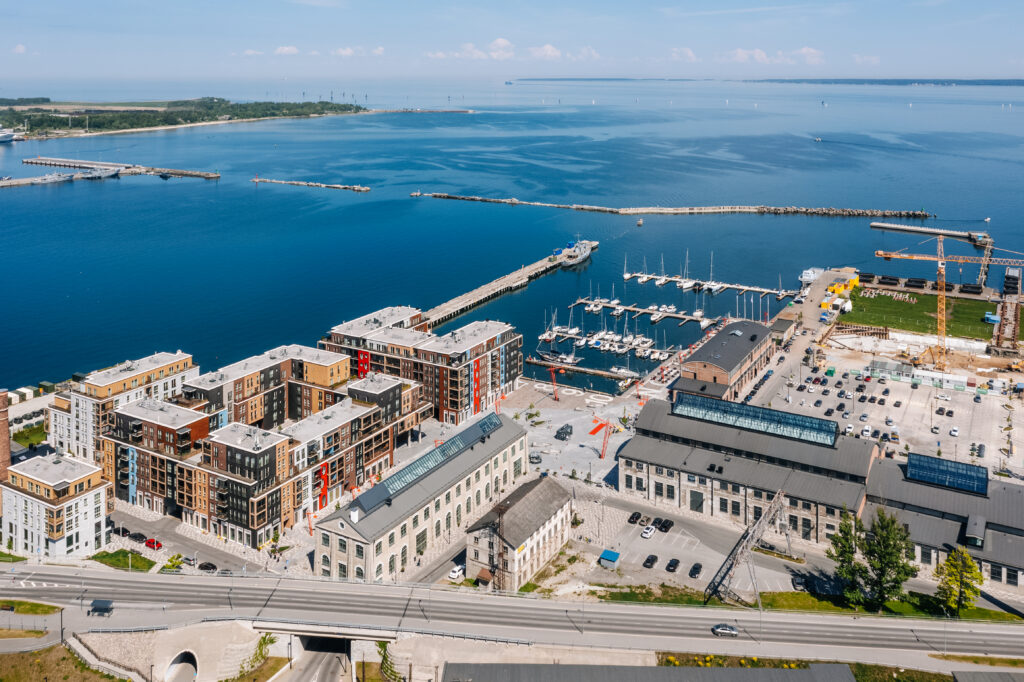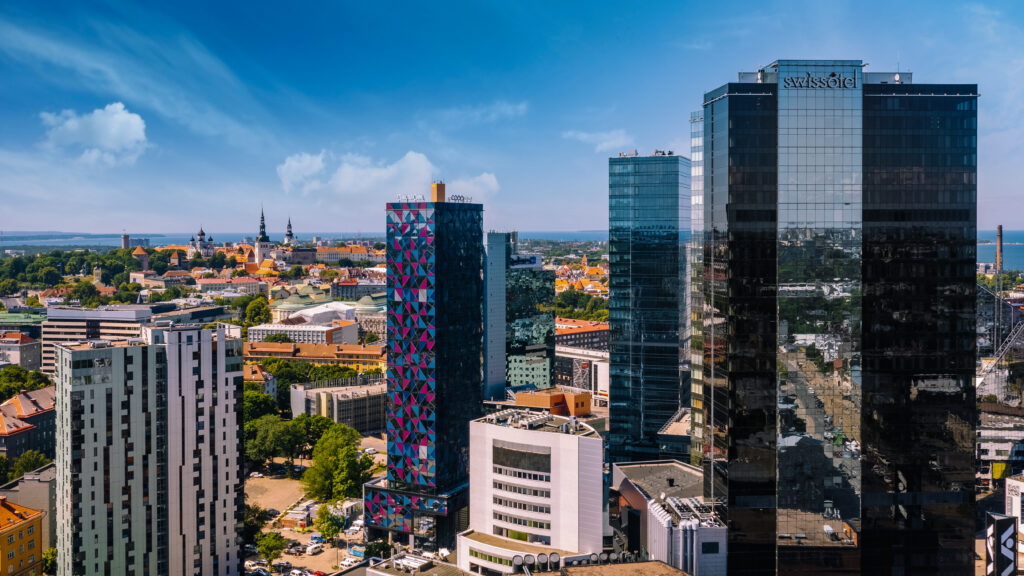According to Statistics Estonia, the country’s statistics agency, in the second quarter of 2021, the gross domestic product grew by 12.9% year on year; the GDP at current prices was €7.4 billion.
Robert Müürsepp, a leading analyst at Statistics Estonia, said that when considering the fast economic growth, it should be noted that it is mainly connected with last year’s very low reference base. At the time, there was a state of emergency in Estonia because of the spread of the coronavirus.
“The majority of the economic growth came from the business sector, which is starting to get back on track following the state of emergency. It is also noteworthy that the economy grew by 4.7% compared to the second quarter of 2019,” Müürsepp said in a statement.
The economic activities that contributed most to the country’s economic growth were manufacturing and transportation and storage, which recovered quickly. The economy was also boosted by the information and communication sector.
Private consumption grew at the same rate as the economy
Trade growth went up as well, while the financial sector, which experienced growth throughout last year, remained at the same level. Accommodation and food service activities, which were significantly affected by the coronavirus-related restrictions, recorded fast growth but were still far below the pre-crisis levels.

Energy was the only economic activity that considerably held back the economy. This was due to rapid price increases in the summer.
Private consumption grew at the same rate as the economy, ie by 12.5%. All consumption groups fared well, but the growth was particularly quick for expenditures on transport, clothing and footwear, leisure and entertainment, and hotels and restaurants.
Tax receipts were good, being mainly driven by increased receipts of value added tax and excise duties.
Foreign trade continued to reach new heights
Investments reached pre-crisis levels and covered almost all sectors and types of fixed assets. The most noticeable were increased investments in transportation equipment, machinery and equipment, and buildings and infrastructure.
Foreign trade continued reaching for new heights, as exports grew by 32.3% and imports by 54.9%. The biggest contributors were trade in wood products and processed wood, computers and electronics, and motor vehicles. As for trade in services, imports and exports grew again for computer services as well as for business and travel services and transport services.
Compared with the previous quarter, the seasonally adjusted GDP grew by 4.3%, and compared with the second quarter of 2020, by 13.9%.
Cover: New high-rise developments in Tallinn’s Maakri quarter. Photo by Kaupo Kalda.

